Another E system stuff. Anti-drone system this time.
Anyone know who the real manufacturer is?
Anyone know who the real manufacturer is?
Latest Thread
Another E system stuff. Anti-drone system this time.
Anyone know who the real manufacturer is?

The hosts of the 11th International Exhibition of Armaments and Military Technology MILEX-2023 (17–20 May), in addition to the R-327 Kwietka MILEX-2023 station – the premiere of the R-327 Kwietka electronic warfare system (zbiam.pl) , also premiered another system for combating aerial drones. It has a not-so-catchy name – the Mobile Radio-Electronic Warfare Station for Combating Unmanned Aerial Systems "T", and is clearly an export offer.
At MILEX-2023, the Mobile EW Station for Combating UAVs "T" (hereinafter referred to as Station T) was exhibited by the Belarusian state-owned enterprise Belspiecwnieshtekhnika, specializing in arms exports. However, no information was provided as to which Belarusian company is responsible for the development of Station T. Perhaps KB Radar, perhaps another. Showing Station T only under the Belspiecwnieshtekhnika brand may indicate that the system was created for an export order, and possibly in cooperation with foreign companies. The carrier of Station T was also not local - it was a Russian three-axle off-road KAMAZ-43118. Perhaps a coincidence, or perhaps rather a carrier chosen by the ordering party. Station T is used to detect, track and radio-electronically combat UAVs. It can operate as a stand-alone system, as well as within an automated (network-centric) C4I class command system, sending data to it automatically.

Station T and all its deployed masts with working equipment. Photo: milex.belexpo.by
Station T uses a number of different devices to detect UAVs. The first group consists of means of detecting radio signals of directional communication between the UAV and its control station, including analog video transmission. The designers of Station T state that this also applies to a number of civil/commercial wireless communication systems, including: WLAN IEEE 802.11a/g/n, SiK Radio, ImmersionRC or Futaba Fast. Station T detects and tracks directional communication. Based on the direction of communication between the ground control station and the UAV, the system determines its flight path and can automatically send this data to the fire means for combating UAVs. The second means of detecting Station T is a digital optoelectronic system that integrates a day camera, thermal imaging camera and laser rangefinder. Airspace search using this system can be conducted based on indications from the radio-electronic and/or radar reconnaissance system. The third means of detecting UAVs is the radar system, consisting of a set of eight fixed phased array semiconductor antennas, installed two in the four corners of the operator's cabin, providing full 360° coverage in azimuth.

The interior of the operator's cabin of Station T. Photo: belta.by
The fight against detected UAVs consists in Station T generating, amplifying and emitting blocking interference in a given frequency range used for: receiving control commands by UAVs, transmitting reconnaissance data from UAVs, and receiving signals by on-board satellite navigation receivers (GPS, GLONASS, BeiDou, Galileo systems). In the case of jamming satellite navigation, it can perform the so-called intelligent replacement of the original signal from navigation satellites with a false one (so-called spoofing). In practice, this means that using Station T, it is possible to destroy the combated UAV or even take control of it. Belspiecvneshtekhnika provided the following tactical and technical data for Station T: operating frequency range 200÷6000 MHz, UAV radar detection range 22 km (depending on the UAV’s SOP), UAV detection range based on their electromagnetic emissions 50 km, UAV communication jamming range (control commands, data transmission) 30 km, on-board satellite navigation system jamming range 40 km, spoofing range 40 km. The system is operated by three operators.


 www.airspace-review.com
www.airspace-review.com
I don't think anyone here want to take a bet with a cooperation that in danger of bankruptcy.Who operates Astros just army or marines?
There is a new program to convert Astros into launching anti ship missiles in Brazil which would be cheaper than getting a whole new coastal defense from another country.
View attachment 71615
View attachment 71616
Avibras is in danger of bankruptcy but SIATT which produces the missile is 50% owned by EDGE group. This project is actually less than a month old.I don't think anyone here want to take a bet with a cooperation that in danger of bankruptcy.
Also as far as I know it's not one of the competitors of coast defense system here.
Just the army.Who operates Astros just army or marines?
Interesting idea.There is a new program to convert Astros into launching anti ship missiles in Brazil which would be cheaper than getting a whole new coastal defense from another country.
Should be called as LST.The progress of LCU for TNI AD
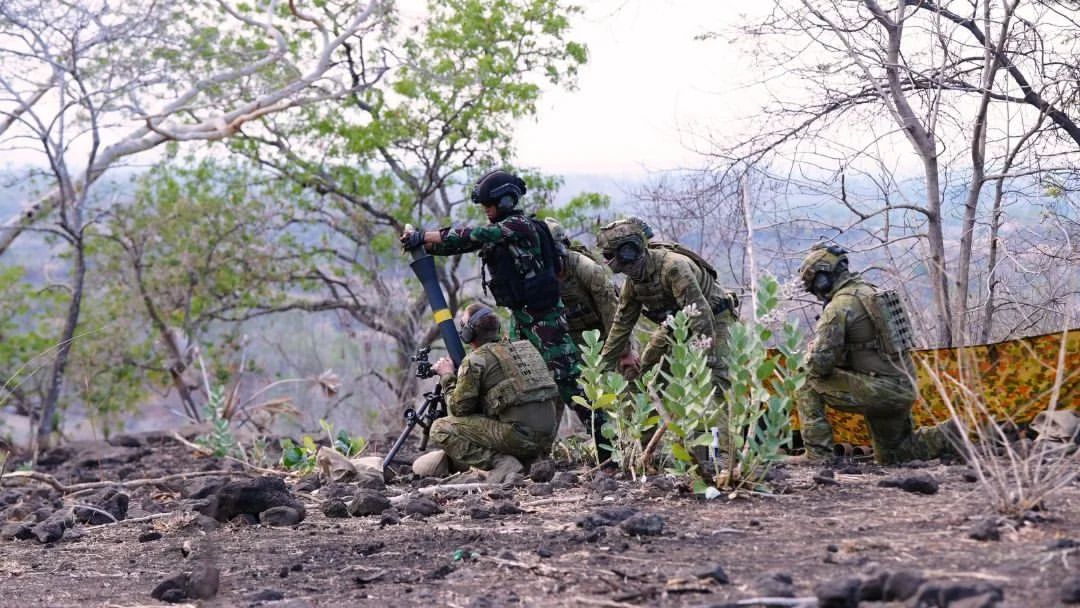
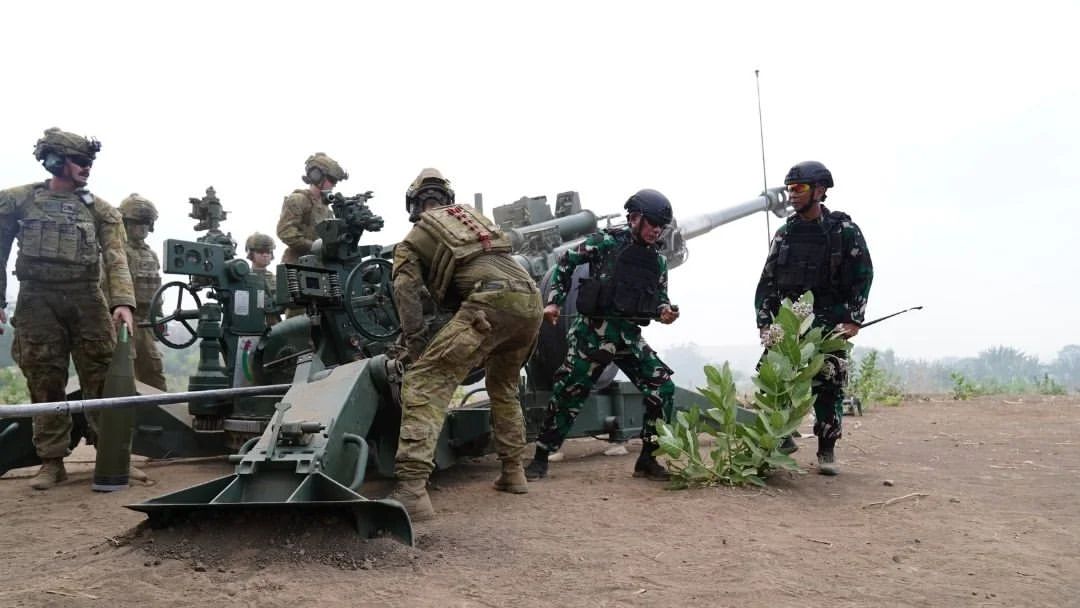
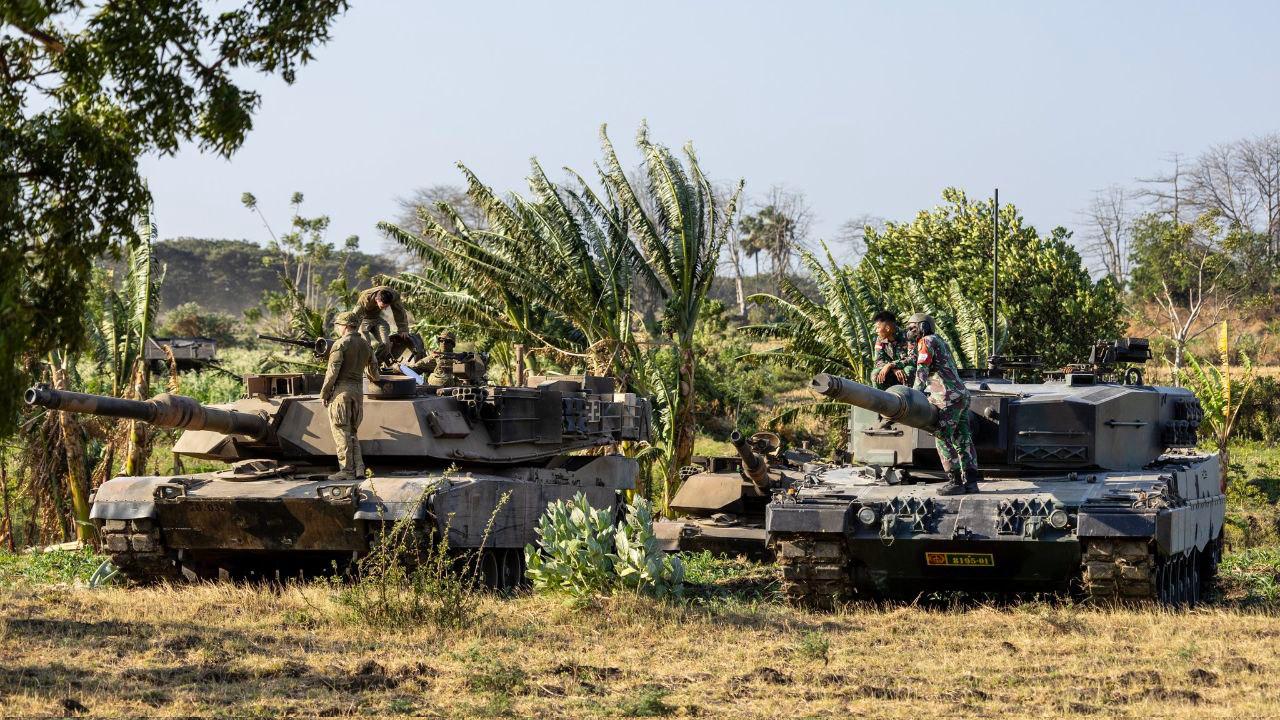
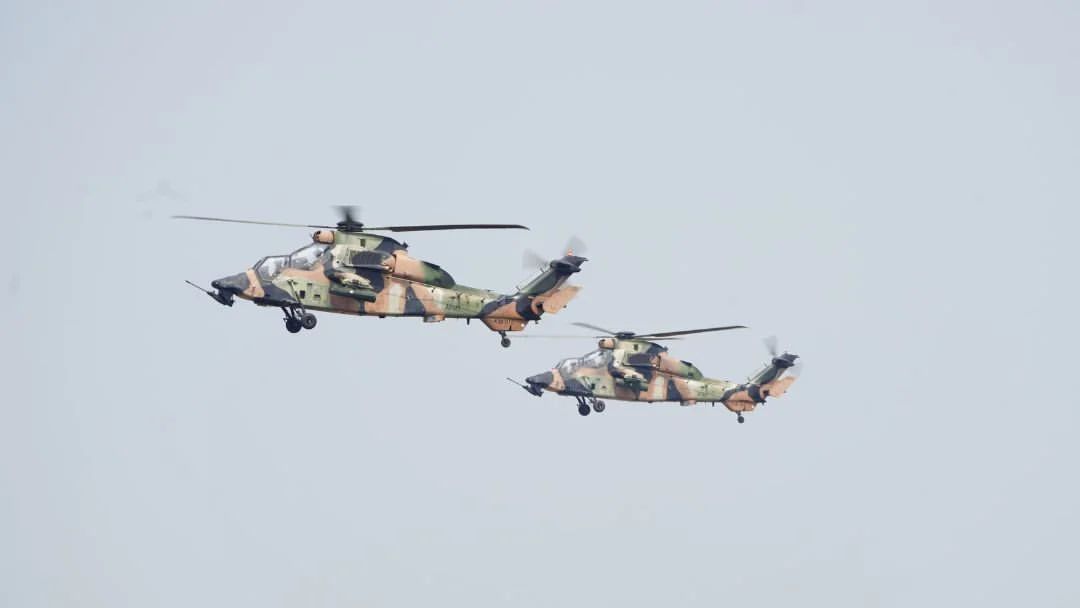
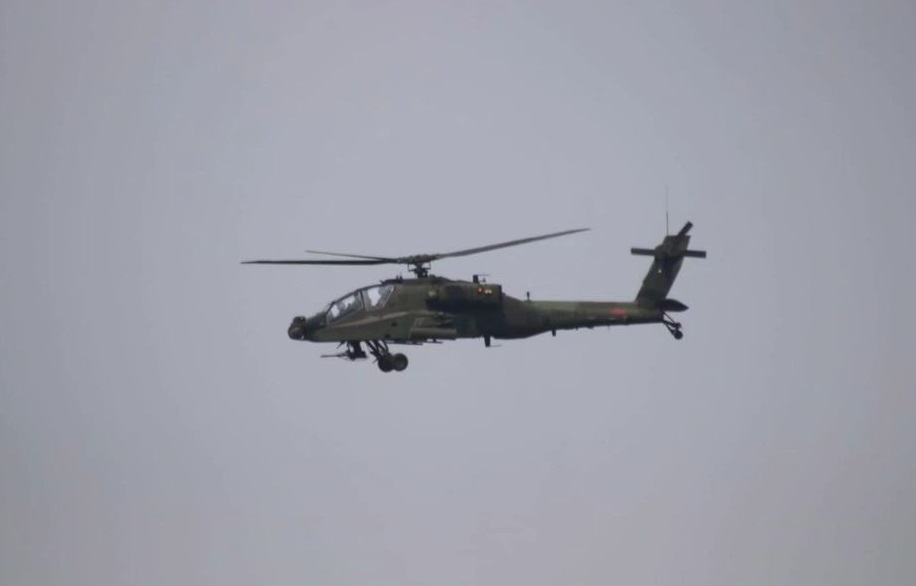

 www.instagram.com
www.instagram.com
I thought it was a new sensor suite, beyond my imagine
learn from UA - RU conflict, commercial stuffs are reliable n eassier for logisticI thought it was a new sensor suite, beyond my imagine
